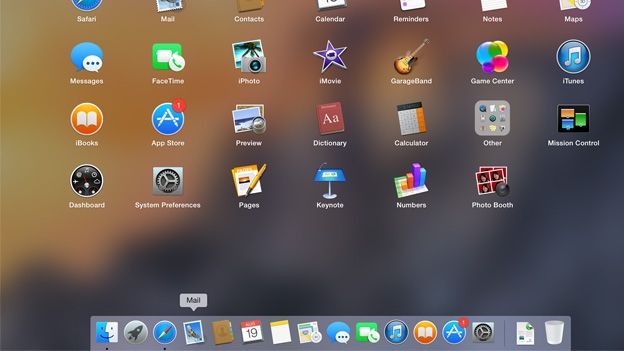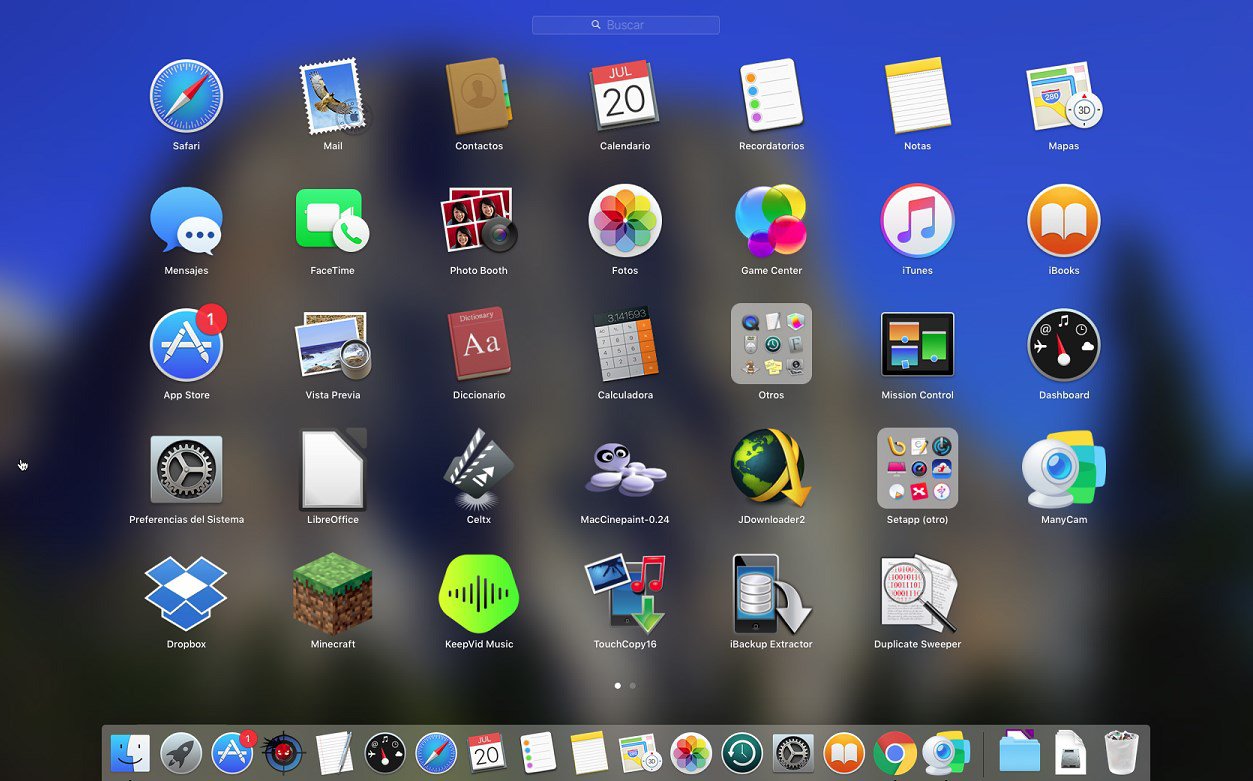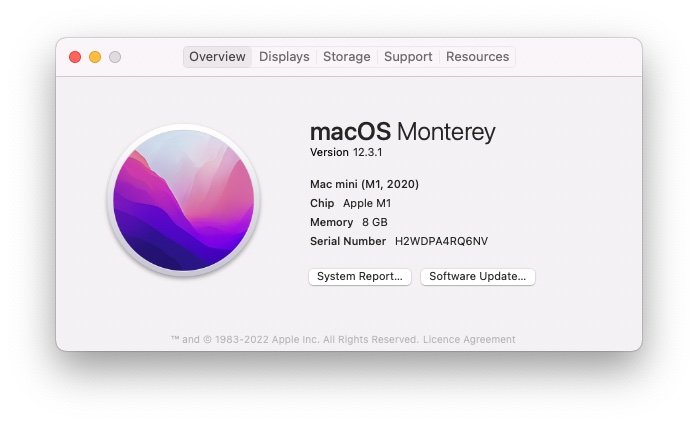


Note that these links are to the literal installation packages, and that they are secure links directly from Apple. To download macOS Monterey directly from Apple, you can follow the links below.

You can download the installation file directly from Apple’s website, or you can receive it from the Terminal app. When it comes to acquiring macOS Monterey, users typically have two options to download it. The first step to accomplish this task is by downloading the full installer for a particular macOS release and then upgrading directly. If you’re looking to upgrade from an older version of macOS to macOS Monterey while avoiding Ventura, there’s still a couple of options users have available to them. Users can also follow these steps to upgrade to other versions of macOS, however, I will be using Monterey as the primary example. Of course, I will break these steps down for a better explanation, while also providing the necessary resources. There’s really only three major steps a user needs to take to make this upgrade. How Do I Upgrade My Mac Without Jumping to Ventura? Whatever your reasoning may be, there is a way to get your device to Monterey if you are on an older version of macOS. Users may not like the features and redesigns Ventura provides, or they may have some essential apps that are incompatible with Ventura. While this may not be something everyone needs or wants to do, it may be a viable option for some users.įor some, there can be incentives in upgrading to macOS Monterey, but not quite going all the way to macOS Ventura. For example, if you are running an older version of Big Sur, Mojave or Catalina on your device, you can still make the jump to macOS Monterey 12 without making the jump to macOS Ventura 13. Users should know that if they are running an earlier version of macOS, they can still upgrade their device without making the jump to Ventura.


 0 kommentar(er)
0 kommentar(er)
